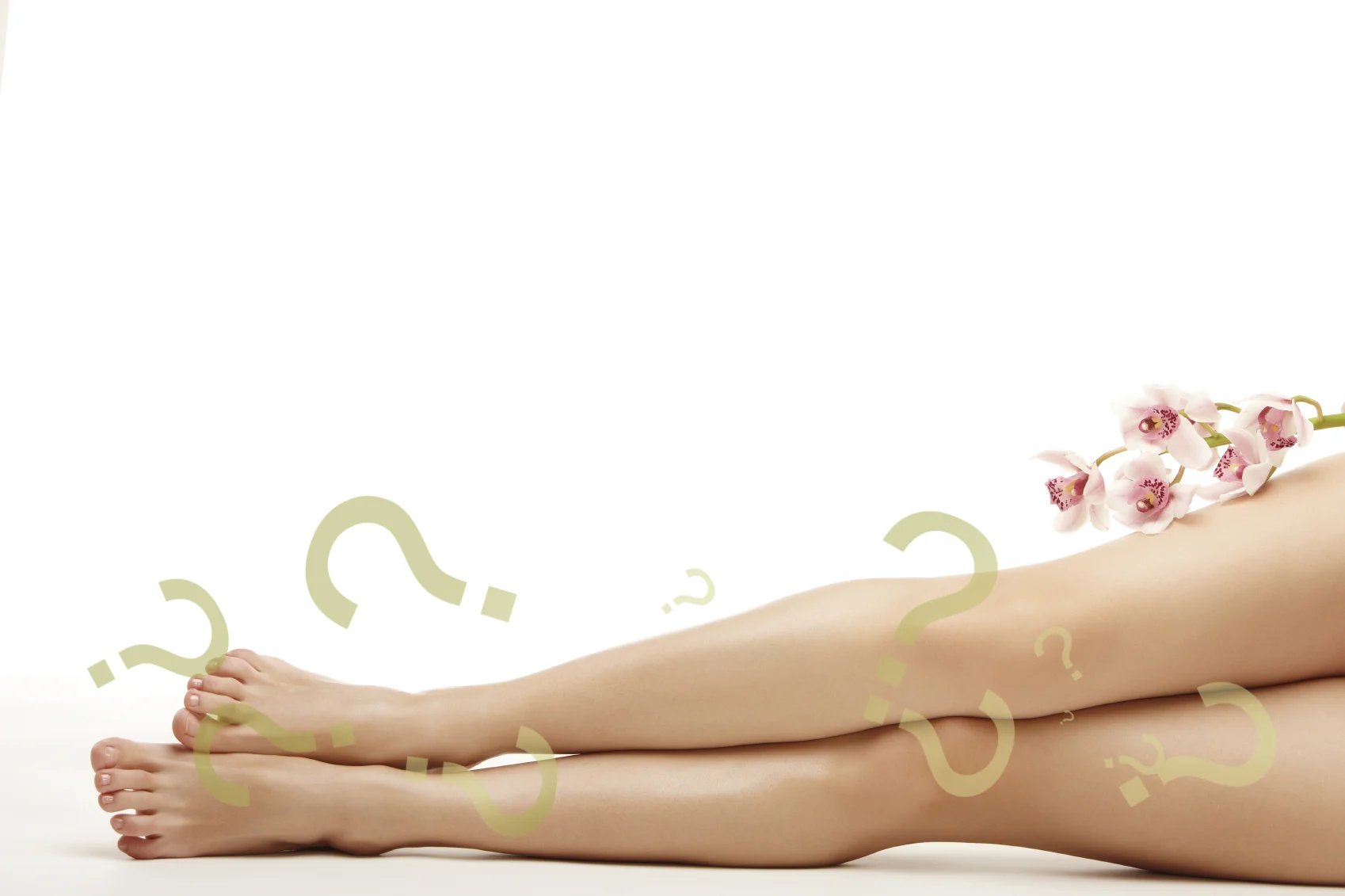Waxing Q & A
Relax. Ascend. Train. Adapt. Regenerate. Get Fit. ®
Serving Costa Mesa, Newport Beach, Irvine and all Orange County
What areas can I wax?
Many areas of the body may be waxed: eyebrows, forehead, lip area, cheeks, chin, back, upper/lower leg, underarms, forearms, bikini line — even hair on the knuckles of fingers and toes.
How should I prepare for a hair removal treatment?
To assure ease in removal, any unwanted body hair should be at least 1/4" long. You will want to refrain from extended sun or tanning bed exposure 48 hours prior to waxing. You should lightly exfoliate your skin several days before waxing. On the day of your waxing services, you will want to make sure you thoroughly cleanse the area being waxed and that the skin is moist but not greasy from oils or lotions. Before you begin the treatment, there are a few things you should tell our therapists: if you:
Are diabetic
Bruise easily
Have varicose veins
Are sunburned
Have thyroid condition
Are menstruating
Are using products/medications that are contraindicated for facials & waxing: Accutane, Retine-A, glycolic acid, alpha hydroxy acid, Tazorac Avage, Differin, Strivectin, Renova, Proactive, Avita, benzoyl peroxide & salicylic acid. These are only some of the products we are aware of that may cause a problem and new ones can come along daily. Your skin is important to you and us – so please check with your doctor if you have any doubts.
Does waxing hurt?
It all depends: your first time receiving a body waxing can be uncomfortable because after shaving for years, the hair grows extremely coarse. The more frequently you receive body waxes the more the hair will begin to grow thinner. If you are especially sensitive to pain or you are first-time waxing client, you may want to take an anti-inflammatory (such as Ibuprofen) 1 hour before your appointment, or you can apply numbing cream 45 minutes prior to service. With continuous waxing, hair becomes finer and sparser, and waxing becomes more comfortable.
Why should I wax instead of shave?
When hair is shaved, within a few days, the hair can be seen at the surface of the skin and coarse stubble can be felt. Shaving commonly results in ingrown hairs, bumps and ongoing skin irritation. When waxed, hair grows back slower, softer and without stubble. Waxing will, over time, make hair growth finer, and hair will become less in volume; but there will always be some re-growth.
How often should I wax?
This depends on the area being waxed and how fast your hair grows (which depends on the season, medication, hormonal changes, and medical conditions). On average, every four weeks is recommended for body waxing. For the most effective facial waxing service, the ¼ inch rule does not apply. On average, every three weeks is recommended for facial waxing.
How should I take care of my skin after waxing?
After waxing, avoid tanning, extended sun exposure and jacuzzis for 48 hours. You will want to avoid hot showers or baths, sauna and steam room use immediately following the service. Scented lotions, perfumes, or colognes should be avoided for 48 hours.
Don't allow direct heat on the skin for at least 24hrs after waxing: sunbathing, solarium, hot shower, sauna or steam room use. This can traumatize & burn new skin, as the dead skin layer has been removed with the hairs during waxing.
We also want the pores to close, not open. Exfoliate with a sea salt scrub and a strong mitten, cloth or glove, but only when the skin has calmed down after waxing and the new growth begins to penetrate. This could take from 4 to 7 days. Try to wear cotton underwear and clothing to allow the area to breathe. Don't use deodorant, perfumes or alcohol-based products for at least 24 hours after waxing. It is recommended to use sun protection lotion for the 1st day after the waxing, to avoid hyper-pigmentation.
Based on your skin, your esthetician will recommend a post-waxing home-care regimen and products to calm and soothe your skin.

